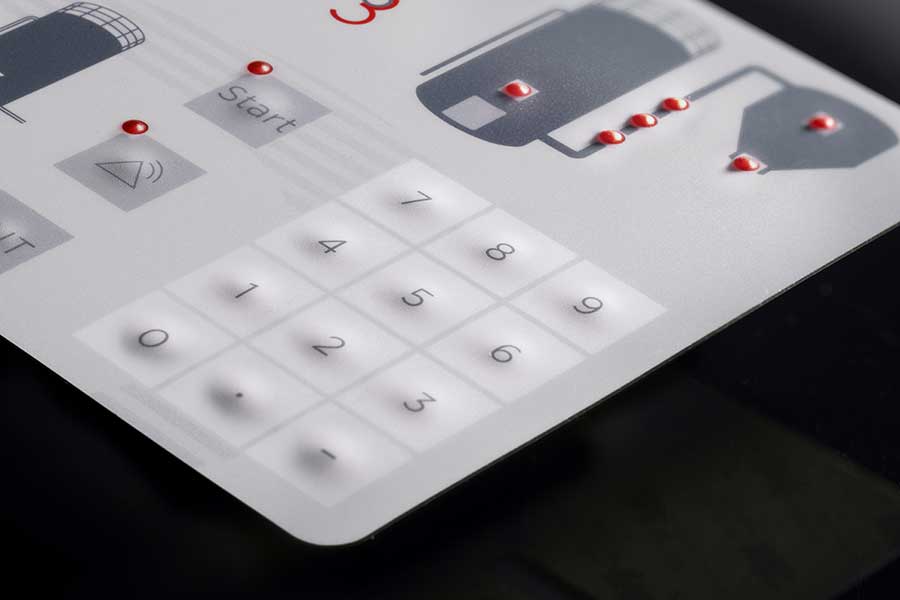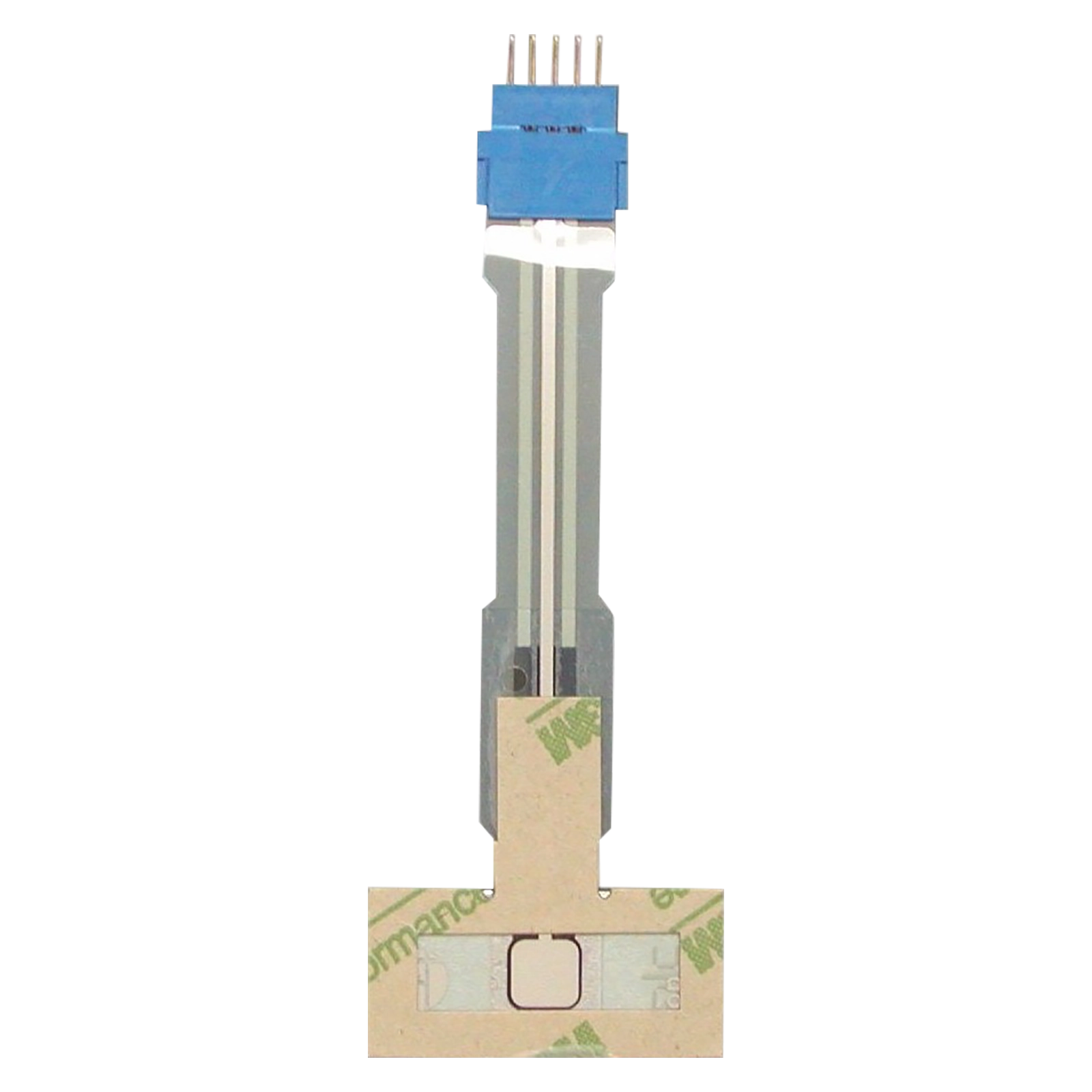The Perks of Membrane Switches Over Standard Switches in Harsh Environments
Why Membrane Layer Changes Are Essential for Resilient Control Solution
Membrane buttons play a pivotal function in making sure the longevity and integrity of control systems throughout different markets. Their distinct building and construction allows them to endure tough environmental elements such as moisture, temperature level extremes, and physical wear. This strength not just prolongs the life-span of the systems they offer yet additionally decreases upkeep demands. As we discover the complex benefits of membrane switches, it comes to be evident that their significance goes beyond plain functionality, affecting user experience and functional performance. What additional ramifications do these characteristics hold for the future of control system design?
Overview of Membrane Layer Buttons
Membrane buttons are versatile and trusted elements commonly used in numerous digital control systems. These buttons include a number of layers, consisting of a visuals overlay, a spacer layer, and a printed circuit layer. The graphic overlay supplies both functional and aesthetic design, while the spacer layer ensures that the switches are triggered just when pushed. The printed circuit layer consists of conductive traces that complete an electric circuit when the membrane layer is pushed, making it possible for the gadget to react to user inputs.
Membrane layer buttons are often favored in applications needing a small and light-weight style, making them perfect for portable tools, clinical equipment, and commercial machinery. They can be personalized to meet particular user needs and can integrate numerous attributes such as backlighting, responsive comments, and several shades. In addition, membrane layer buttons are immune to dust, dampness, and pollutants, making them appropriate for atmospheres where longevity is crucial.
Benefits of Resilience
In many applications, the durability of membrane layer changes deals substantial advantages that improve their general performance and dependability. These switches are made to hold up against extreme environments, making them suitable for use popular problems such as high humidity, extreme temperatures, and direct exposure to chemicals. Their robust construction aids to avoid damages from physical impact, making sure lasting capability and lessening the demand for constant replacements.
In addition, membrane buttons are resistant to deterioration, which is important in applications where regular interaction happens. This durability equates to decrease maintenance prices, as organizations take advantage of decreased downtime and less solution interruptions. The encapsulated layout of membrane switches safeguards inner components from dust and wetness access, more contributing to their life-span (membrane switch).
Another advantage is their capacity to preserve regular efficiency over time. With a high resistance for mechanical anxiety, these switches maintain their tactile comments and electric honesty, making certain individual satisfaction. Eventually, the toughness of membrane layer switches over not only boosts functional efficiency but also fosters confidence in their reliability, making them a favored option for control systems across different industries.
Applications in Different Industries
Sturdy control systems utilizing membrane buttons discover substantial applications throughout a variety of markets, each profiting from the distinct attributes these switches offer. In the clinical field, membrane layer buttons are critical for tools such as person displays and analysis tools, where reliability and ease of cleaning are paramount. Their resistance to dampness and pollutants guarantees they preserve functionality in sterile settings.
The auto industry leverages membrane layer switches for control panel controls and infomercial systems, where they give smooth, inconspicuous interfaces that enhance individual experience. These buttons are likewise designed to hold up against extreme conditions, including direct exposure to severe temperature levels and vibrations.
In commercial settings, membrane switches are commonly utilized in machinery control board, supplying responsive responses and longevity needed for high-usage applications. Their ability to stand up to chemicals makes them appropriate for producing environments where spills and impurities are frequent.

Consumer electronic devices, such as cooking area appliances and remotes, also make use of membrane buttons for their flexibility and cost-effectiveness. On the whole, the adaptability and durable nature of membrane layer switches over make them important throughout various fields, making certain efficient operation and long life in control systems.
Design and Aesthetic Appeal
While performance is paramount, the style and visual allure of control systems furnished with membrane switches play a crucial role in individual engagement and total experience click this link (membrane switch). The visual layout of these buttons can considerably affect individual perception and interaction. A properly designed membrane layer button enhances the good looks of the tool, making it much more attractive to customers and promoting a link between the user and the product
Membrane switches offer an excellent bargain of adaptability in layout, permitting makers to customize graphics, colors, and textures to align with brand identification and product aesthetic appeals. The usage of vibrant shades and distinct patterns can draw attention, while responsive responses can enhance the customer's communication with the tool. Additionally, the capacity to incorporate LED signs and backlighting into the membrane layer button style supplies both practical and aesthetic benefits, boosting exposure and functionality in various environments.

Enhancing User Experience
Furthermore, membrane layer buttons can be tailored to incorporate graphical user interfaces, boosting usability by offering information in a clear and instinctive manner (membrane switch). This personalization can consist of symbols, labels, and shade coding that guide individuals with facility functionalities easily. Additionally, their flexibility enables combination in different settings, making certain regular efficiency whether in commercial equipment or customer electronic devices
The longevity of membrane layer switches likewise plays an important duty in customer experience. By holding up against harsh conditions and prolonged usage, these switches decrease the possibility of system failures, hence promoting integrity and customer self-confidence. Inevitably, the critical usage of membrane changes not only elevates functionality but additionally dramatically enhances customer communication with control systems, making them a vital element in contemporary design.
Conclusion
